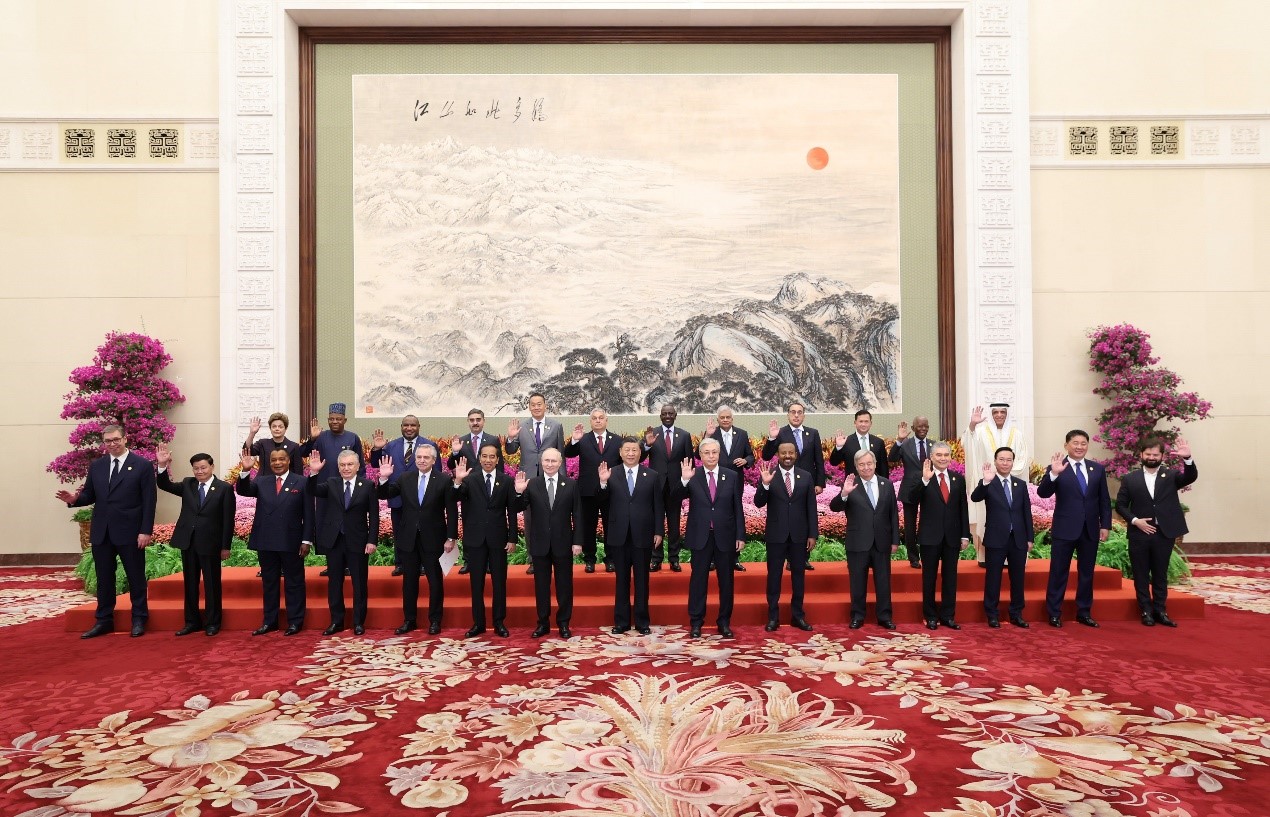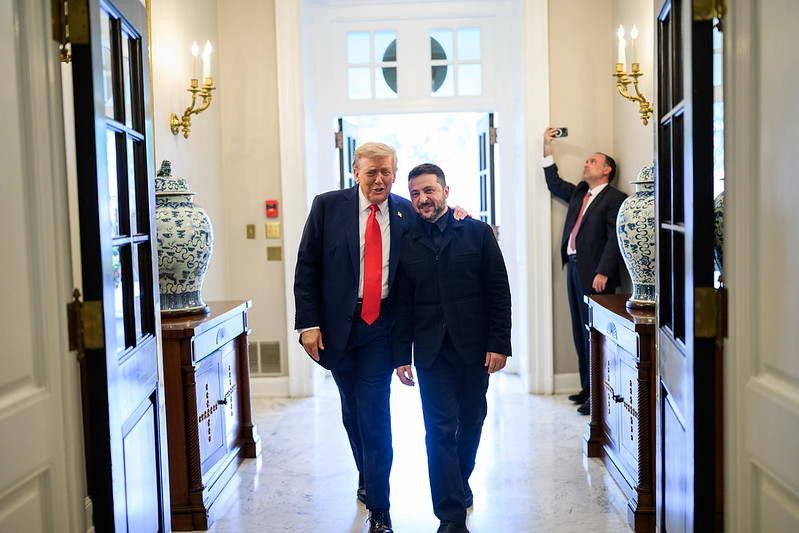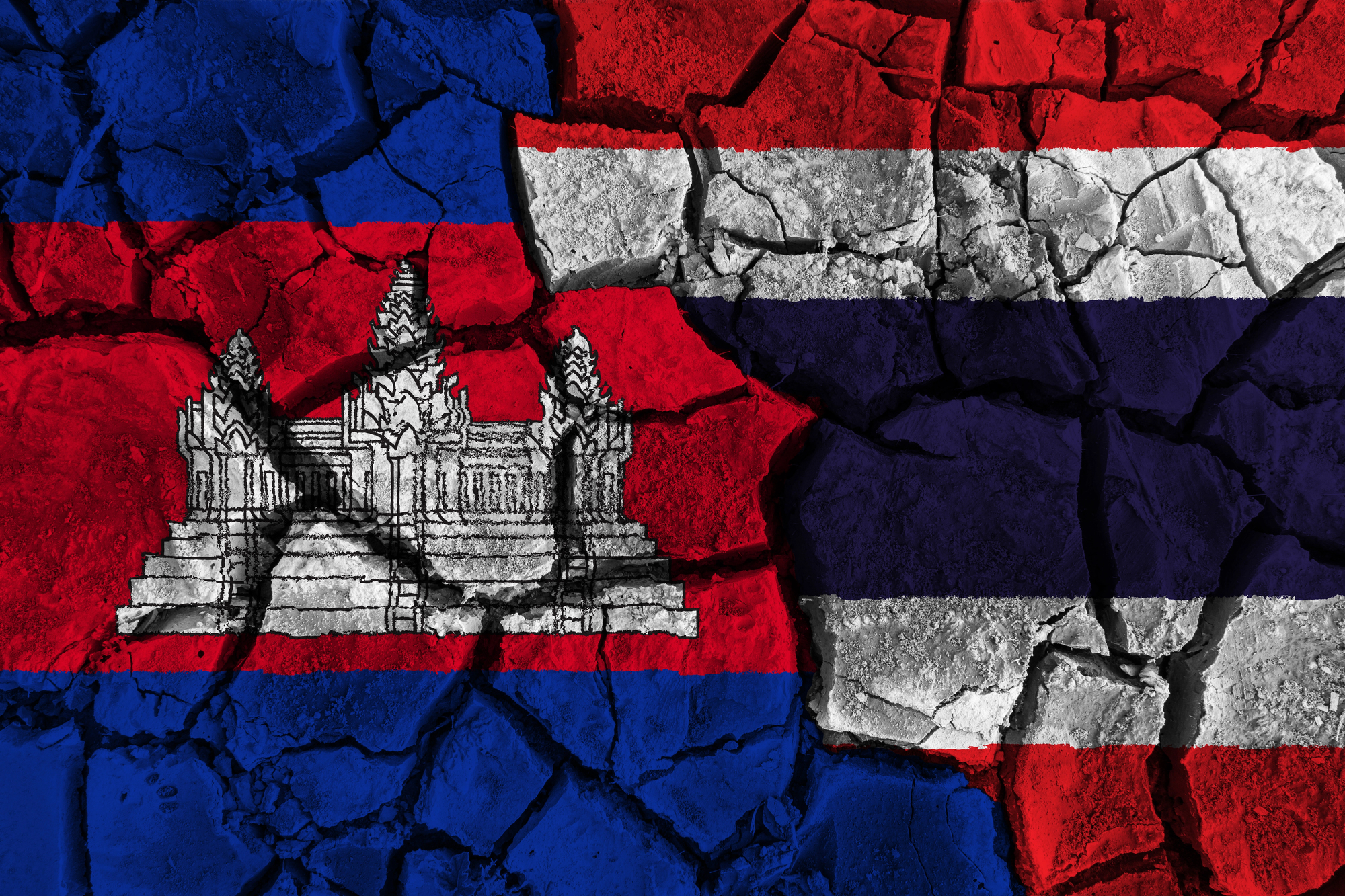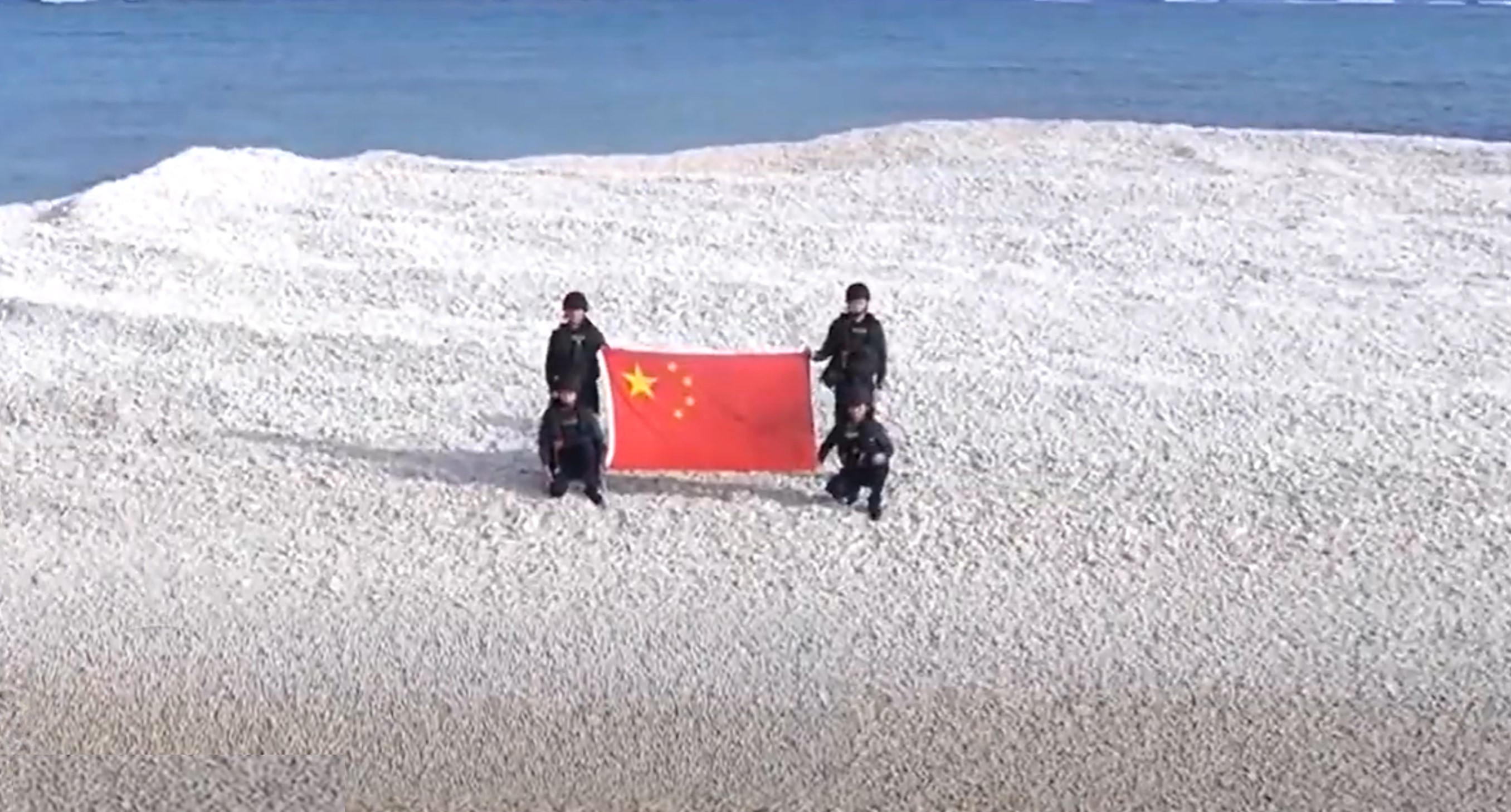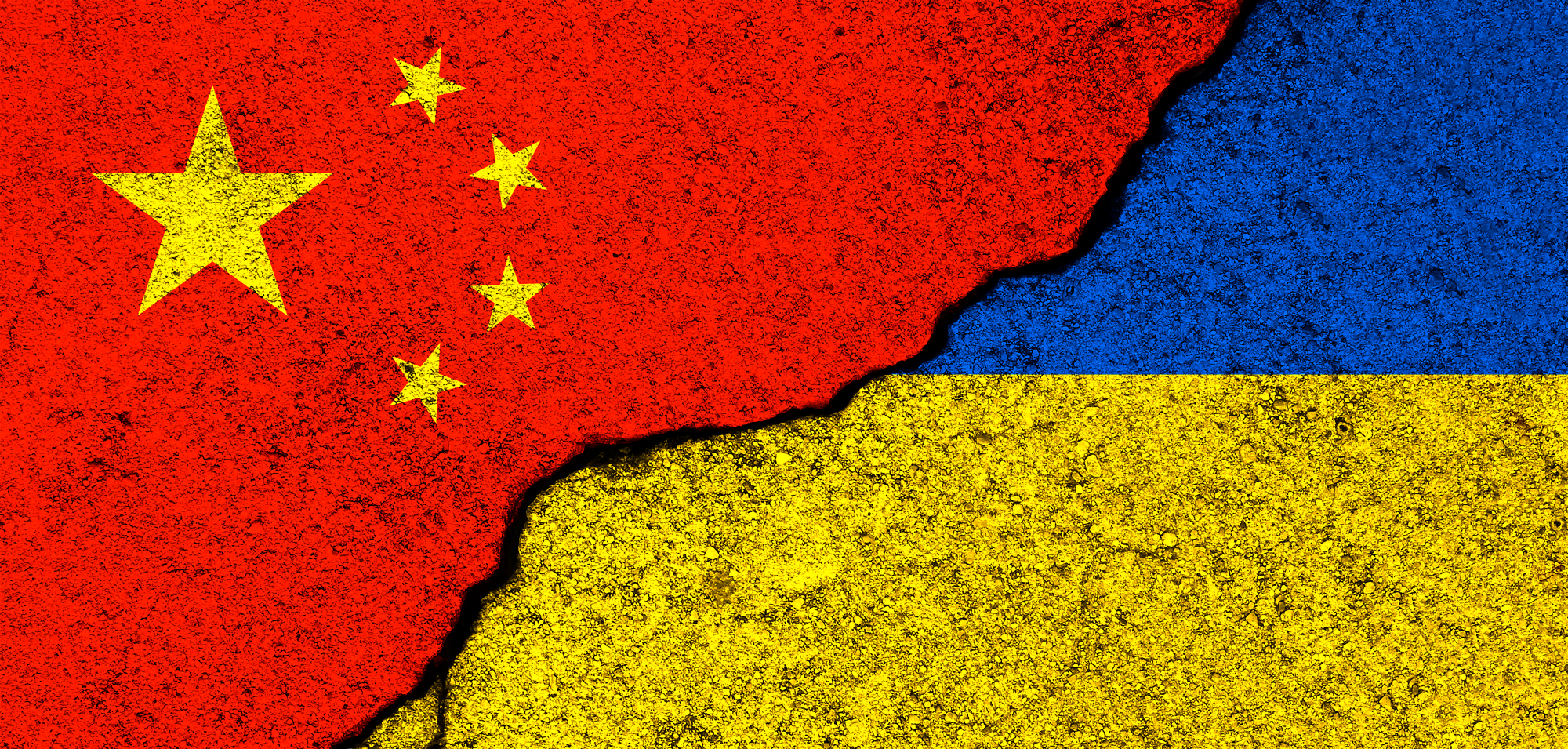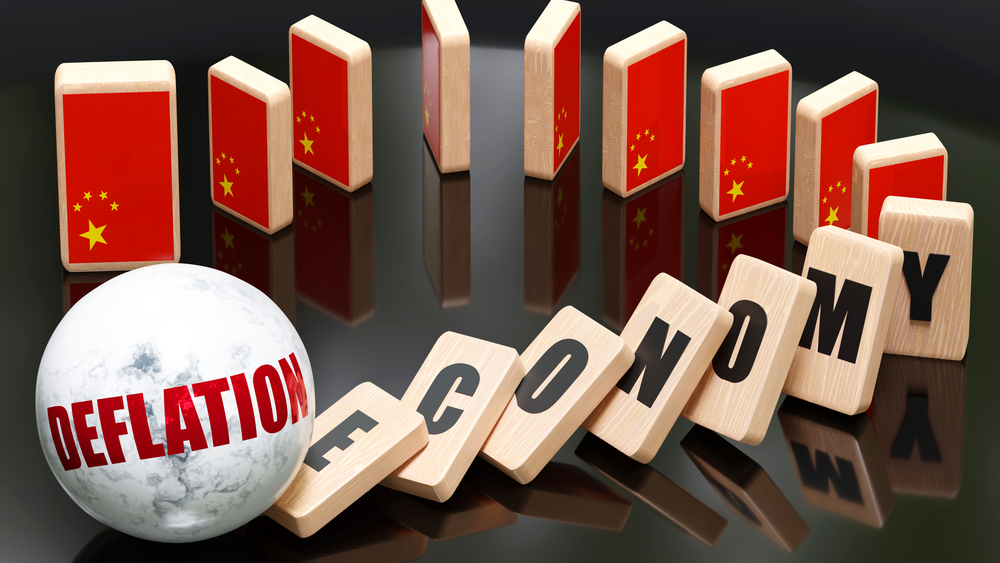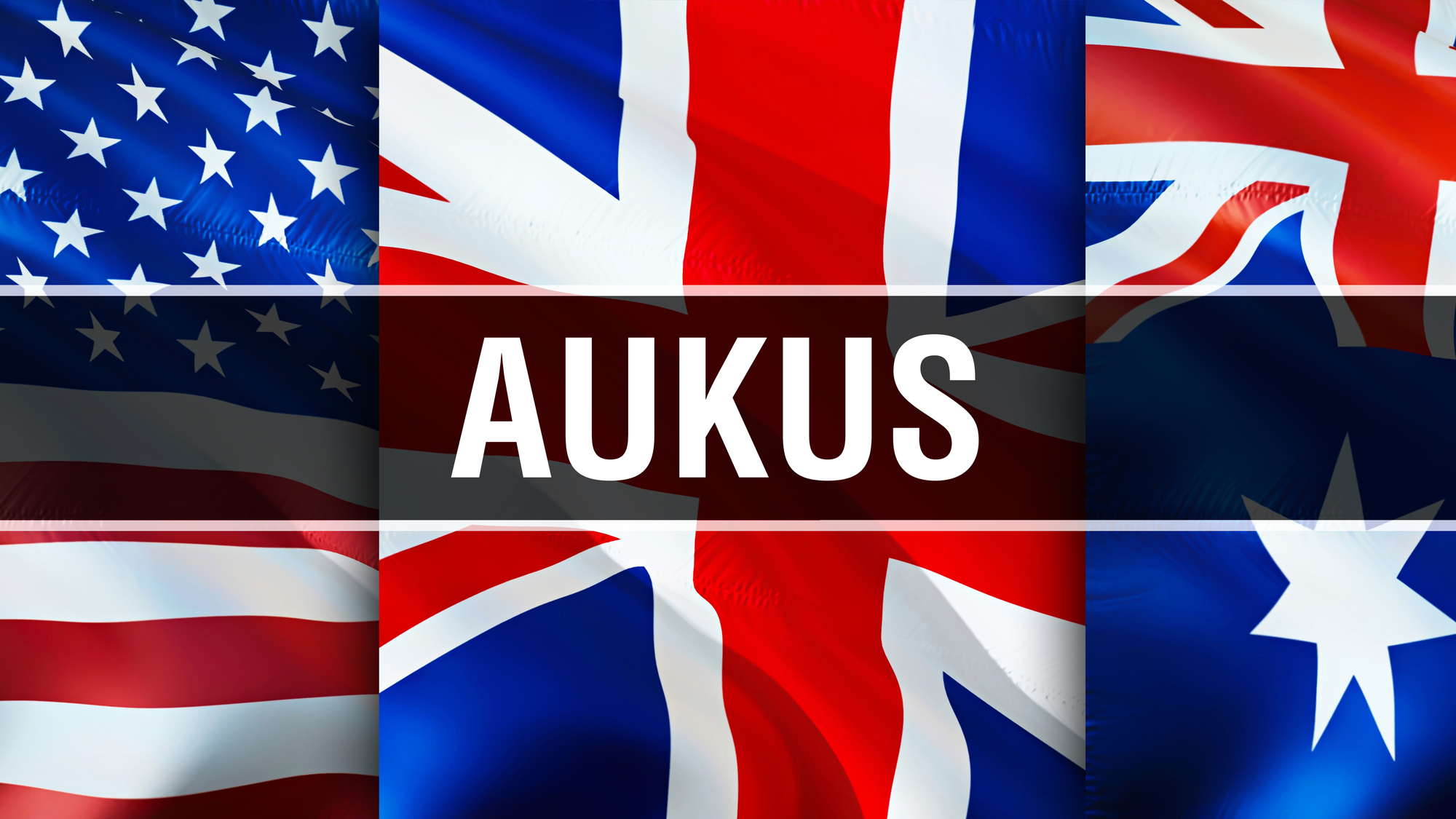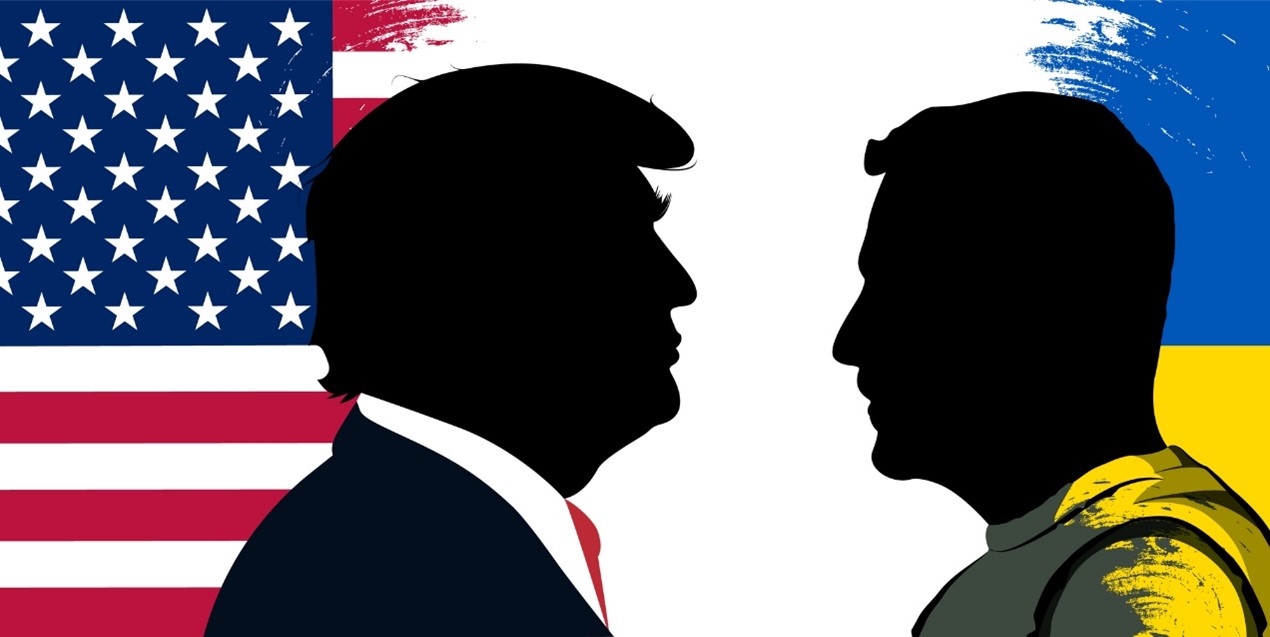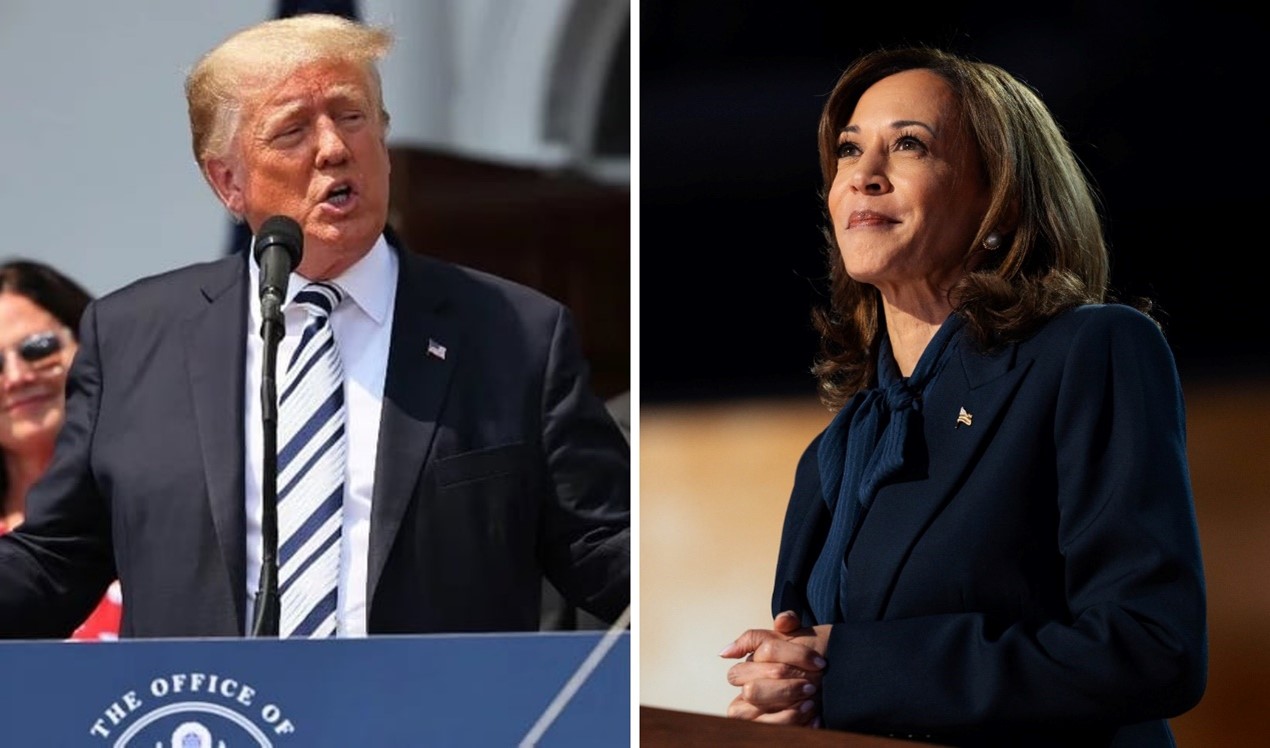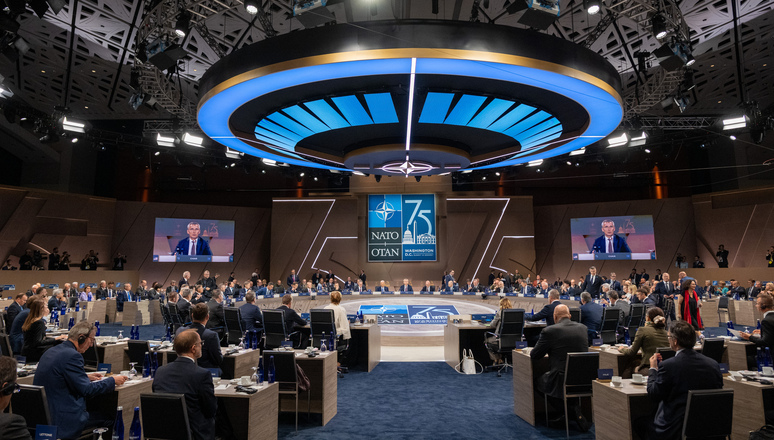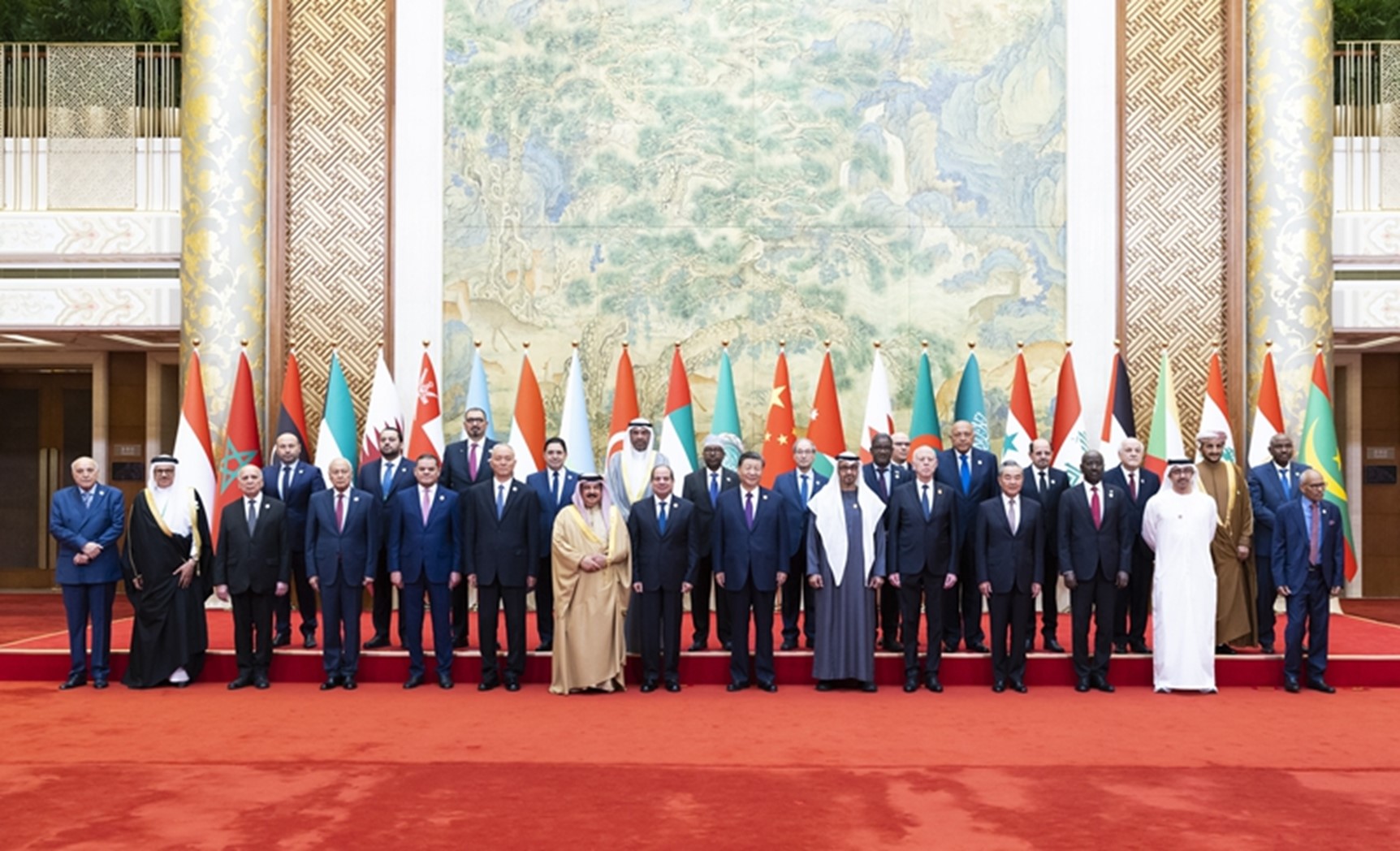Through the Belt and Road Forum, Chinese leader Xi Jinping tried to portray China as a reliable ally of the developing world while trivializing the burden of the “debt trap.”Picture source: The Third Belt and Road Forum for International Cooperation, October 18, 2023, http://www.beltandroadforum.org/n101/2023/1018/c132-1190.html.
Prospects & Perspectives No. 59
The 2023 Belt and Road Forum and the Future of the BRI
By Kritika Rajput & Siddhartha Ghosh
China hosted the 3rd Belt and Road Forum for International Cooperation (BRF) on October 17-18, marking the 10th anniversary of the Belt and Road Initiative (BRI). This two-day summit was attended by leaders from Asia, Africa, Eastern Europe and Latin America—including Russian President Vladimir Putin as guest of honor. Other leaders who attended were Indonesian President Joko Widodo, Argentinian President Alberto Fernandez, Hungarian Prime Minister Viktor Orban, Serbian President Aleksandar Vucic, Sri Lankan President Ranil Wickremesinghe, Pakistani caretaker Prime Minister Anwaarul Haq Kakar and Thai Prime Minister Srettha Thavisin.
Updating the BRI
China is attempting to increase its global influence through the BRI in developing countries that lack investment. Through the summit, Chinese leader Xi Jinping tried to portray China as a reliable ally of the developing world while trivializing the burden of the “debt trap.” China has significantly benefited from the BRI in terms of enhancing its global influence. This influence extends beyond the ports and railroads and also has an impact on the way other developing countries perceive China.
In his speech at the summit, Xi stated that “ideological confrontation and bloc politics are not a choice for us,” bringing China’s animosity with the West into the BRI scenario. Most importantly, Xi hoped to convey that “the modernization China is pursuing is not for China alone,” a point that was also outlined in the BRI white paper released before BRF 2023. Xi also announced a shift towards prioritizing “small yet smart” projects while ensuring enhanced connectivity with neighboring countries.
In an apparent attempt to root out corruption and counteract the opaqueness that characterizes Chinese investment deals, Xi made a rhetorical commitment to improve the “integrity” of BRI projects. To fulfill this, China may soon release “High-Level Principles on Belt and Road Integrity Building” and an “Integrity and Compliance Evaluation System” guidelines for companies involved in BRI projects.
Attendance by top leaders at this year’s forum dropped to 23; the last summit, held in 2019, saw 37 heads of state or their representatives attend the BRF. Despite this, more than 130 countries sent representatives, and significant agreements with Ethiopia, Egypt, Thailand, and Chile were announced.
Meeting leaders to expand the influence of BRI
Xi has promised to improve ties with Central Asia by increasing connectivity and importing more agricultural products from Kazakhstan. However, China has not delivered on its promise of making Kazakhstan products accessible to the world via BRI. Instead of helping to increase Kazakh trade with East Asian countries like Japan, China has only increased its debt, investment and proprietorship in Kazakh natural resources. As of April 2021, loans from China account for 6.5% of Kazakh GDP. The country also struggles with “hidden debts,” or loans drawn out by banks, state-owned companies, and so on, without clear host government guarantees,. These loans represent 16% of Kazakhstan’s GDP.
Xi also assured the Ethiopian prime minister that China will support Ethiopia in post-civil war reconstruction and provide support for its sovereignty, security, and developmental interests. Both countries also agreed to upgrade their relations to an “all-weather strategic partnership.”
During the meeting with Chilean President Gabriel Boric, Xi stated that both countries should expand cooperation so that Chile can become the “bridgehead” of BRI in Latin America. In response, Boric invited Chinese companies to explore and participate in the Chilean lithium mining industry and green hydrogen projects.
Despite the waning interests of Europe in BRI, Xi promised to integrate ports, shipping, and trading services to expedite connectivity between China and Europe during the next 10 years. Furthermore, he mentioned plans to set up pilot zones for collaboration in e-commerce and promised additional funding.
To emphasize the “Digital Silk Road,” Xi also made a significant proposal called the Artificial Intelligence (AI) Global Governance Initiative (GGI) regulations to “promote orderly and secure development.” China has proposed a call to oppose forming “exclusive groups” or drawing ideological lines to obstruct other countries from developing AI. This is a likely reference to the U.S. sanctions and export controls that have been customized to restrict China’s AI sector. This would mean that any country signing on to the AI GGI would be taking a stand against the U.S.’ tech restrictions on China.
The AI GGI also underscores that other countries should respect “national sovereignty and strictly abide by their laws,” meaning that domestic markets will not accept AI solutions like ChatGPT that do not filter their results in China.
Fewer participants — what does it mean?
Although the BRI continues to have some support in the developing countries, Europe has become significantly less enthusiastic. In contrast to the last summit, in which 11 European leaders attended, this year only three leaders attended; the only European Union leader was Hungarian Prime Minister Orban. This suggests that China’s standing in Europe has deteriorated because the leaders of Belarus, the Czech Republic, Greece, Italy, and Switzerland had previously attended summits, but did not do so this year.
The participation from developing Asian countries, particularly the leaders of the Association of Southeast Asian Nations (ASEAN), was low this time. Only Cambodia, Indonesia, Laos, Thailand, and Vietnam participated, while the Philippines was notably absent. This absence indicates renewed tensions with China regarding the South China Sea.
India essentially boycotted the BRF for the third time in a row to highlight the contentious CPEC, which passes through parts of the Union Territories of Jammu & Kashmir and Ladakh which are under illegal occupation of Pakistan. As one of Asia’s major economies, India’s absence is intended to demonstrate that China has no regard for other countries’ sovereignty and that Beijing uses the forum as a means to increase influence and dominance. In fact, India questions the integrity and intentions of the BRI itself.
Despite efforts to draw more attendees from Africa, only five heads of African leaders turned up for the summit: Egyptian Prime Minister Mostafa Madbouly, Ethiopian Prime Minister Abiy Ahmed Ali, Kenyan President William Ruto, Mozambican Prime Minister Adriano Maleiane, and Republic of Congo President Denis Sassou Nguesso. Notably, Egypt and Mozambique sent their less influential prime ministers instead of their presidents. Furthermore, none of the countries in Central America or the Caribbean have ever sent a head of state or government to the BRF, despite 13 states in the region having participated in the BRI.
The lower number of top participants at this year’s forum cannot be attributed to BRI alone. Middle Eastern leaders’ participation was likely affected by the Israel-Hamas conflict, and some felt another trip to China was unnecessary after attending the Asian Games in September. Furthermore, it is also possible that top European representation would not have attended the summit because of Putin’s participation, even if the EU has not grown disenchanted with the BRI.
(Kritika Rajput is a Research Associate at Red Lantern Analytica.
Sidharth Ghosh is Head of Research and Outreach at Red Lantern Analytica.)



